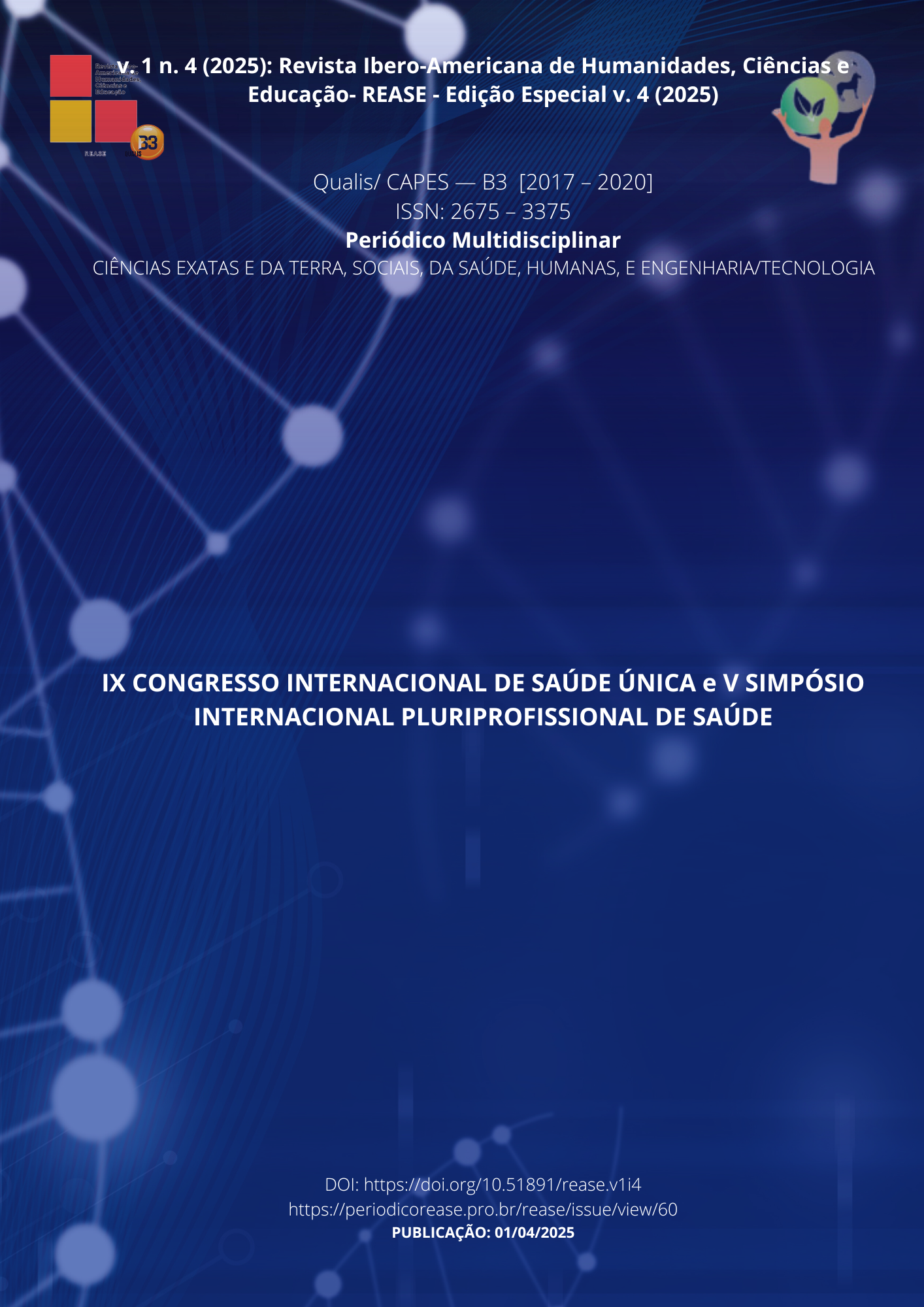POTENTIAL OF PARSLEY (PETROSELINUM CRISPUM) AS AN ANTIOXIDANT AND ANTIMICROBIAL AGENT IN FOOD
DOI:
https://doi.org/10.51891/rease.v1i4.18504Keywords:
Natural additives. Contaminants. Essential oils.Abstract
Microbial food spoilage and waterborne and foodborne diseases are issues that affect public health. The prolonged use of synthetic preservatives has generated attention due to potential adverse effects. Parsley (Petroselinum crispum) is a source of antioxidants and antimicrobials, which can help maintain the quality and safety of food and may represent a natural alternative for the industry, in line with the demand for healthier products. This literature review aimed to investigate studies that present the antioxidant and antimicrobial potential of parsley, highlighting its relevance for the food industry. The review was conducted in the Scopus database, considering the period between 2019 and 2024, with 14 articles selected. Based on the data, parsley has phenolic compounds, such as flavonoids, the flavones apigenin, chrysin, and luteolin, which have antioxidant activity. It also has antimicrobial efficacy against Escherichia coli, Staphylococcus spp., and fungi. However, although there is evidence of the functional potential of parsley, there are still gaps in studies aimed at its practical application in industry as an antioxidant and antimicrobial agent in foods.
Downloads
Downloads
Published
How to Cite
Issue
Section
Categories
License
Atribuição CC BY

